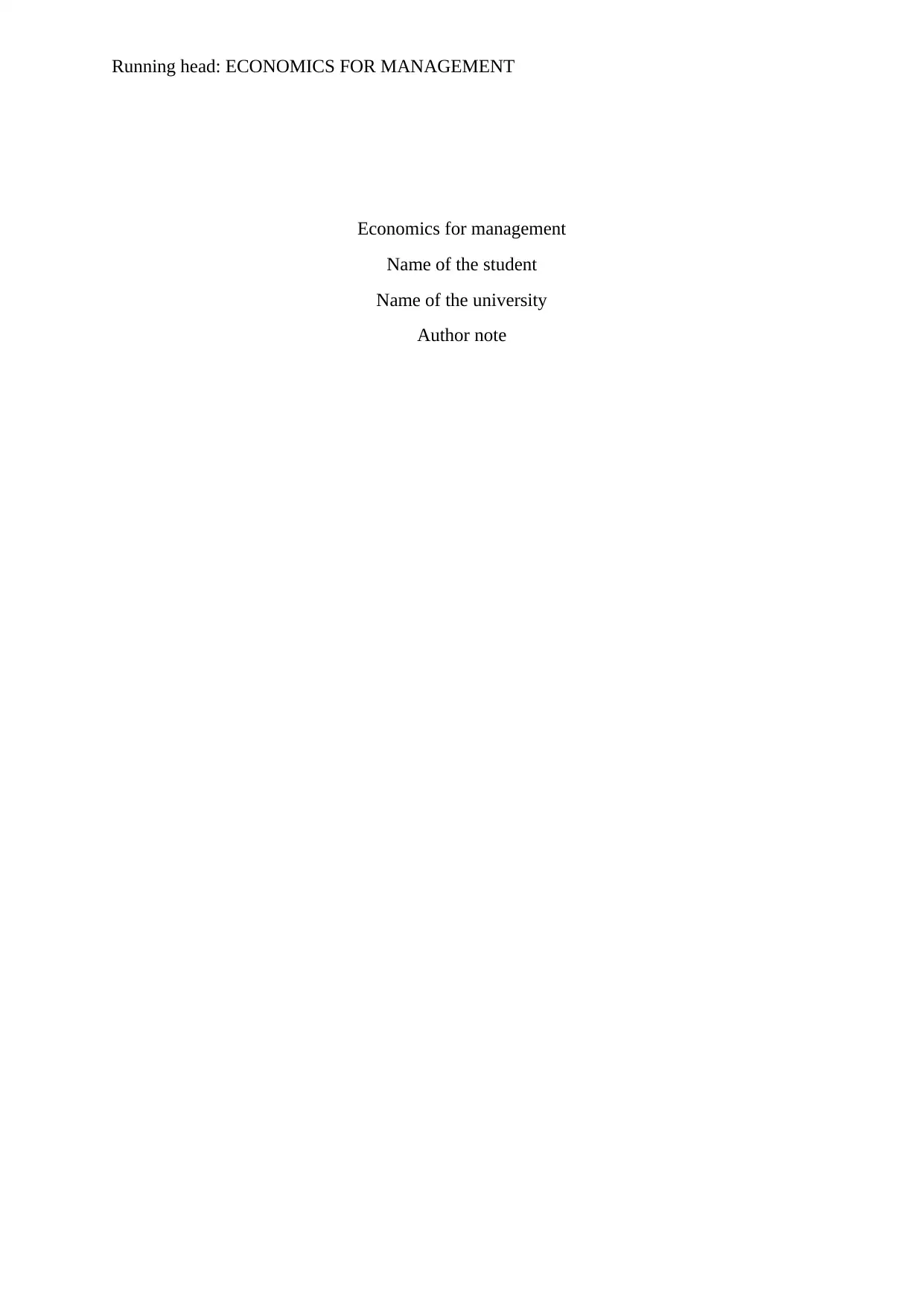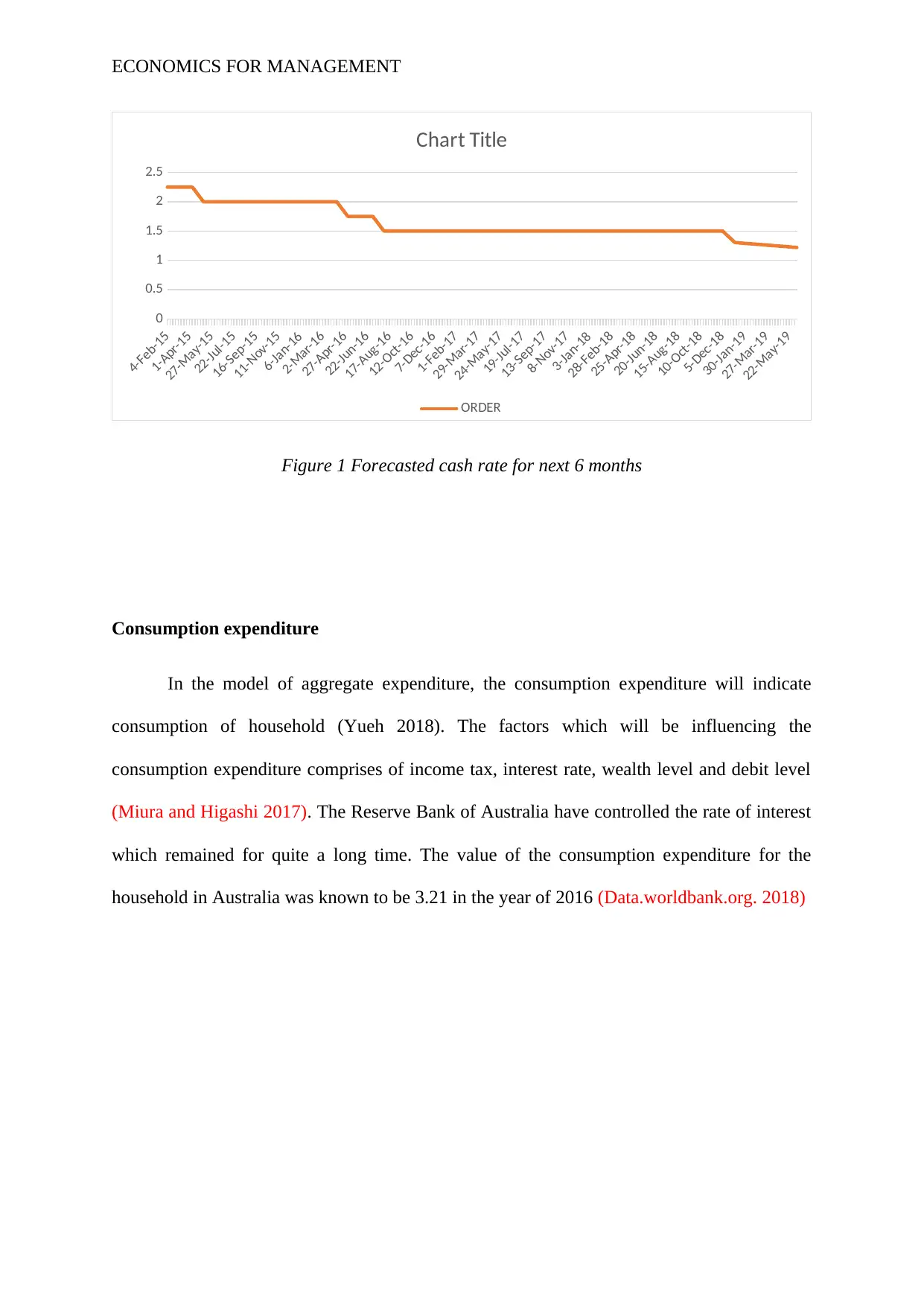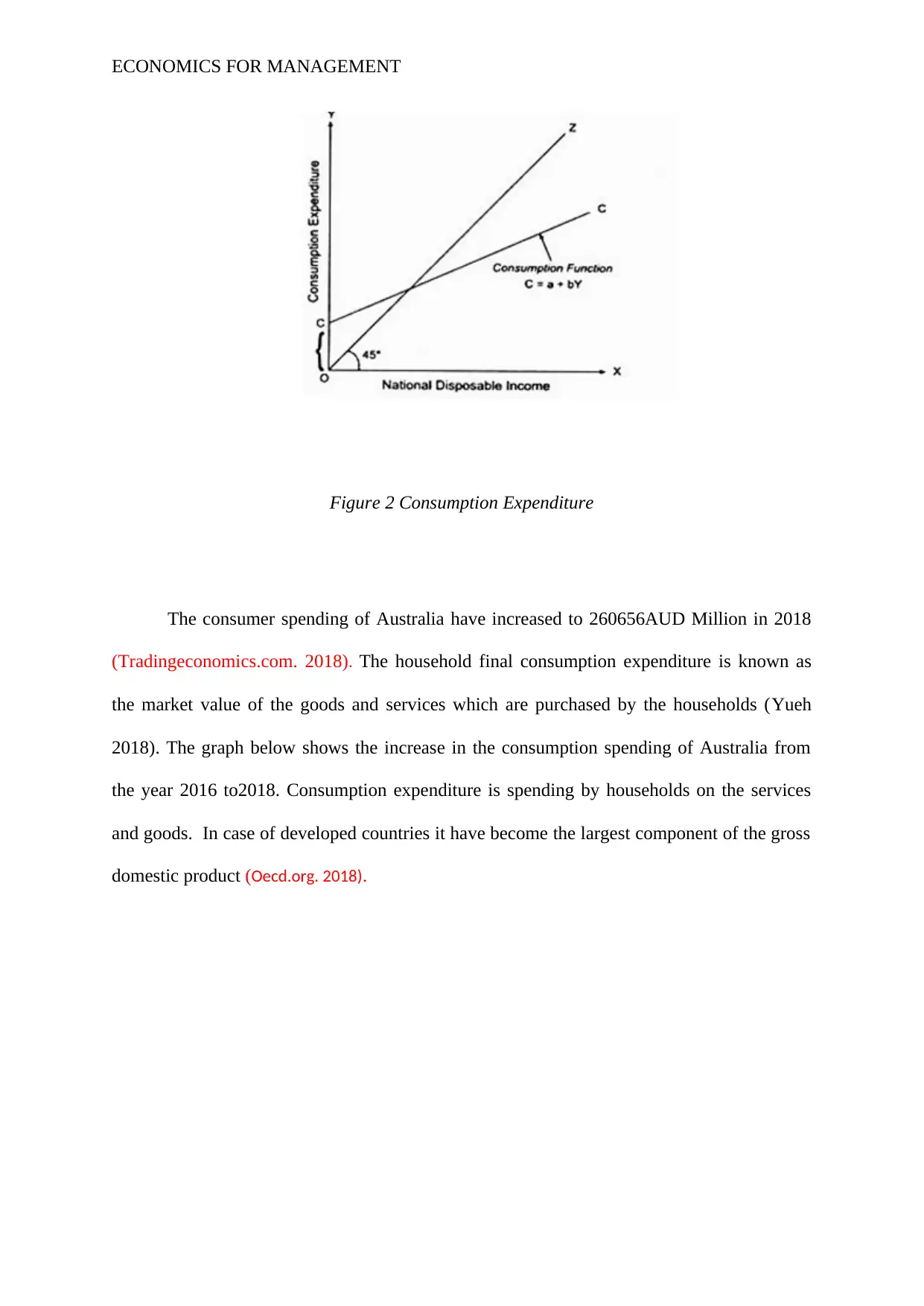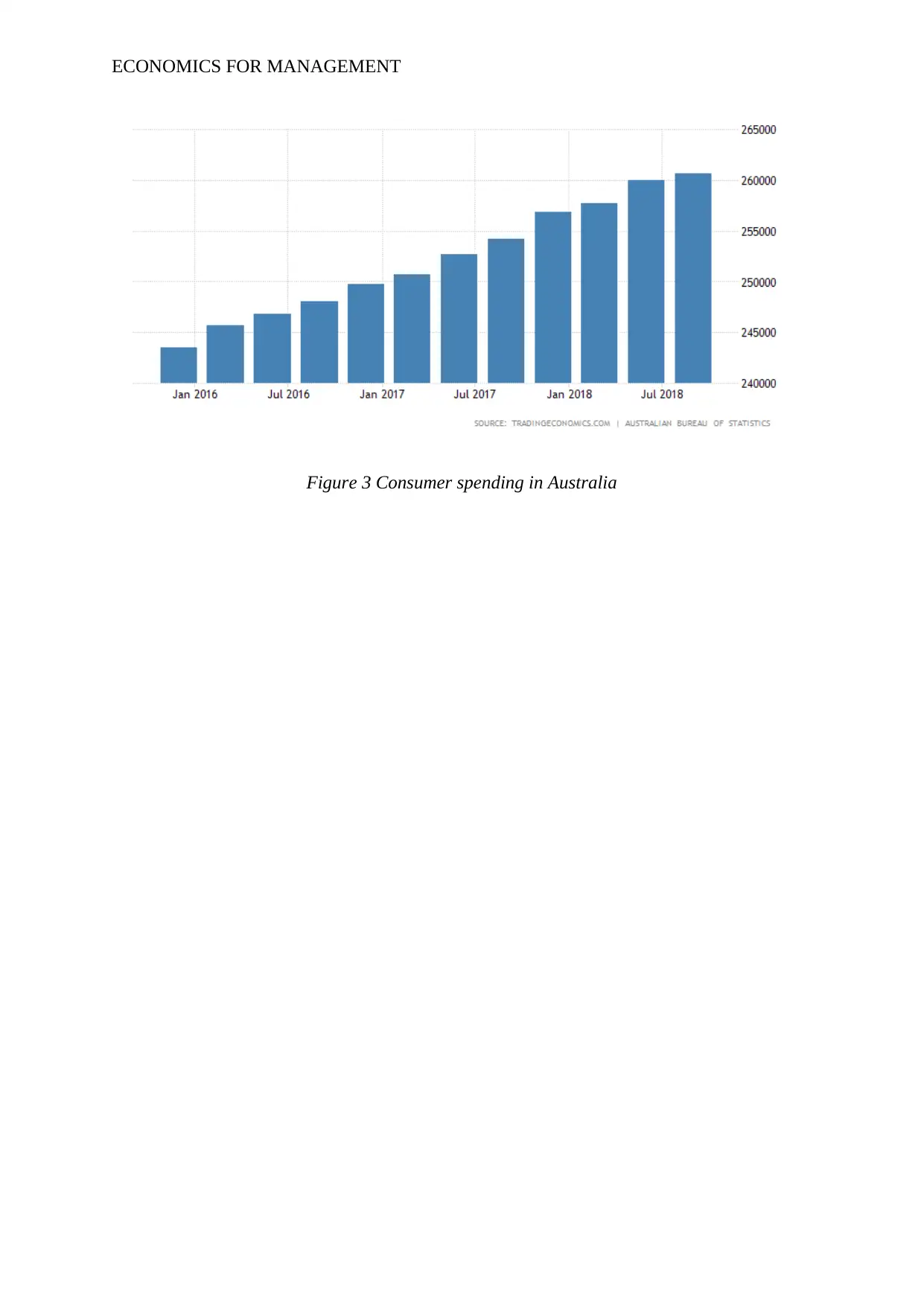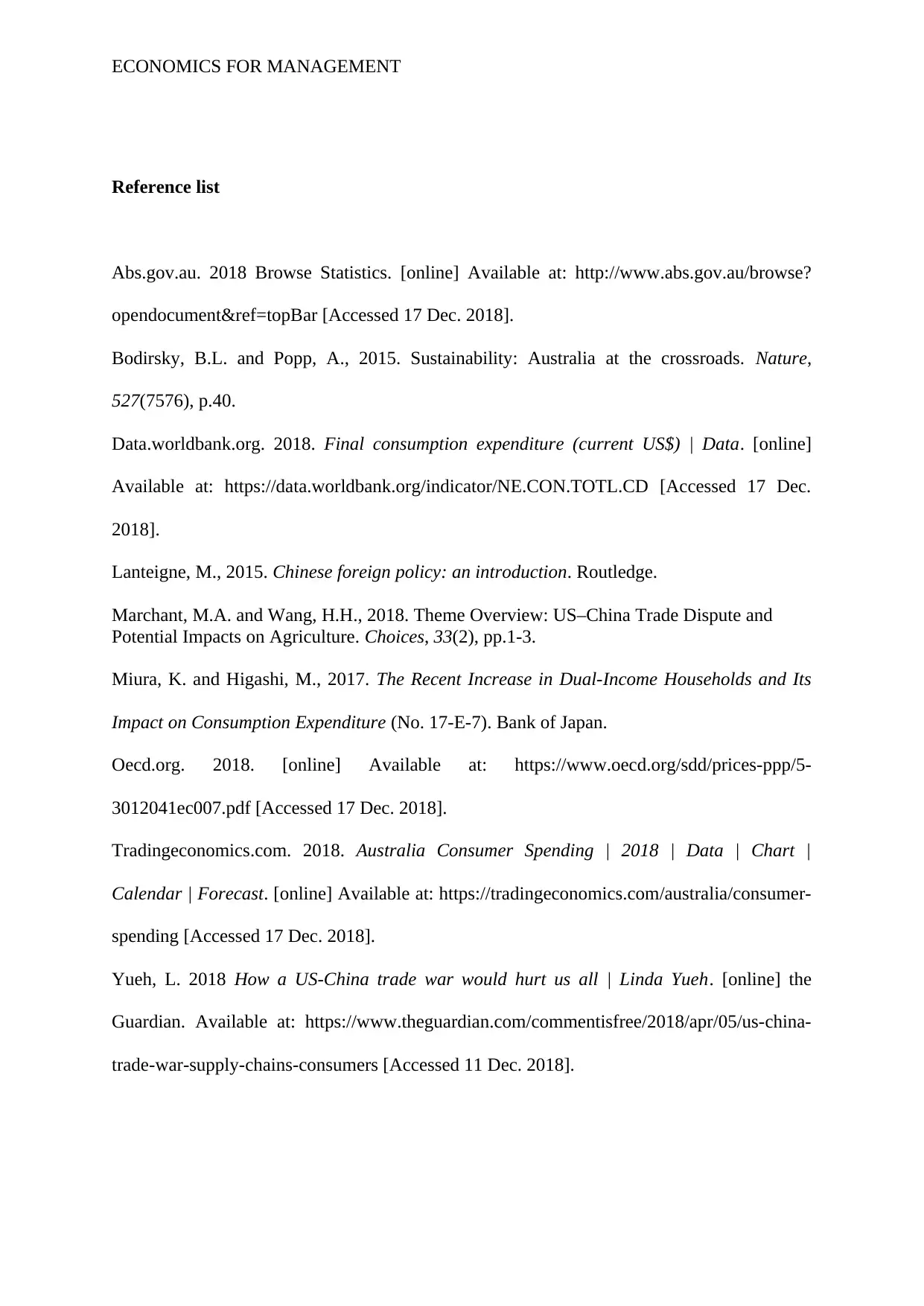Impact of US-China Trade War on Australian Economy
VerifiedAdded on 2023/05/28
|6
|1013
|423
AI Summary
The US-China trade war could cost the Australian economy at least $36 billion, hindering its economic growth as the exporters will be captured in the mounting trade war among the China and United States. The article analyzes the Australian economy and its consumption expenditure.
Contribute Materials
Your contribution can guide someone’s learning journey. Share your
documents today.
1 out of 6
![[object Object]](/_next/static/media/star-bottom.7253800d.svg)
